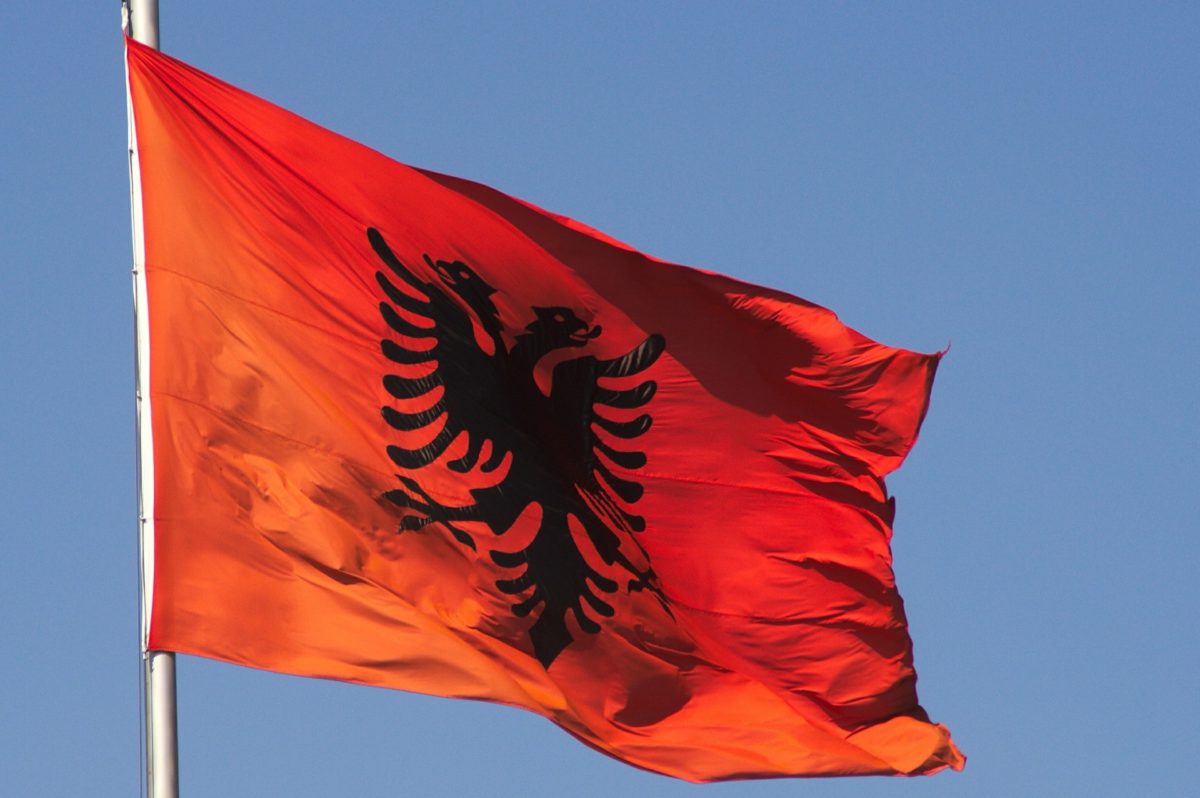With some 95% of its electricity powered by hydro in 2018, Albania can lay claim to a high proportion of renewable energy in its power mix–even if the poor environmental record of recent small scale facilities has worsened the high-risk perception of clean power investment among local lenders.
However, a study of the renewables-readiness of the country carried out by the International Renewable Energy Agency (IRENA) pointed to the huge swings in output from hydro in recent years as droughts struck, illustrating the nation's exposure to climate change.
The IRENA report suggests accelerated deployment of solar and wind power could not only reduce the volume of costly fossil fuel imports which are widening Albania's trade deficit but also make it more resilient to changing weather patterns. Solar, pointed out IRENA, generates peak output at times of the year when Albanian domestic electricity demand is highest, thanks to the cooling requirements of summer, and during months when hydropower generation retreats.
Missed target
With the nation having fallen far short of the National Renewable Energy Action Plan target of hitting 490 MW of solar capacity last year–envisioned as part of a 738 MW new-renewables portfolio–IRENA has suggested the country should pitch for 1,074 MW of solar this decade, given its technical capacity of hosting 2,378 MW.
Achieving that goal, which IRENA suggested should be at the heart of the nation's new National Energy and Climate Plan for presentation at this year's COP26 climate change conference in Glasgow, would entail various measures, including an immediate €40-80 million investment in the country's dated electricity transmission network.
Enabling the grid to transmit electricity bidirectionally–especially around the chief population centers of Tirana and Durrës–would be only half the battle as far as ramping up rooftop solar is concerned, IRENA said, as the country also needs many more PV installers, as well as the energy auditors needed to estimate building consumption as a legal precursor to net-metered solar arrays being approved.
The authorities in Tirana should also map national solar and wind power resources to identify optimal renewable energy zones, according to IRENA, as well as developing an energy masterplan and a clean power incentive regime, and establishing a government department for renewable energy.
National auctions
IRENA's report, which cited pv magazine‘s coverage of Albania's solar market, states the nation had 10 MW of solar generation capacity at the end of 2019 with 24 MW worth of up-to-2 MW arrays approved for installation. A first national solar auction, held in November 2018, secured 100 MW of capacity; a second round, in January 2020, procured 140 MW; and the results of an auction for 100 MW of solar at Durrës, held in November, were reported by pv magazine on Thursday.
IRENA highlighted the €0.02489/kWh French renewables company Voltalia agreed for the solar power generated by its winning bid in January 2020, although the same company bid €0.029/kWh in the latest procurement round.
This content is protected by copyright and may not be reused. If you want to cooperate with us and would like to reuse some of our content, please contact: editors@pv-magazine.com.




1 comment
By submitting this form you agree to pv magazine using your data for the purposes of publishing your comment.
Your personal data will only be disclosed or otherwise transmitted to third parties for the purposes of spam filtering or if this is necessary for technical maintenance of the website. Any other transfer to third parties will not take place unless this is justified on the basis of applicable data protection regulations or if pv magazine is legally obliged to do so.
You may revoke this consent at any time with effect for the future, in which case your personal data will be deleted immediately. Otherwise, your data will be deleted if pv magazine has processed your request or the purpose of data storage is fulfilled.
Further information on data privacy can be found in our Data Protection Policy.